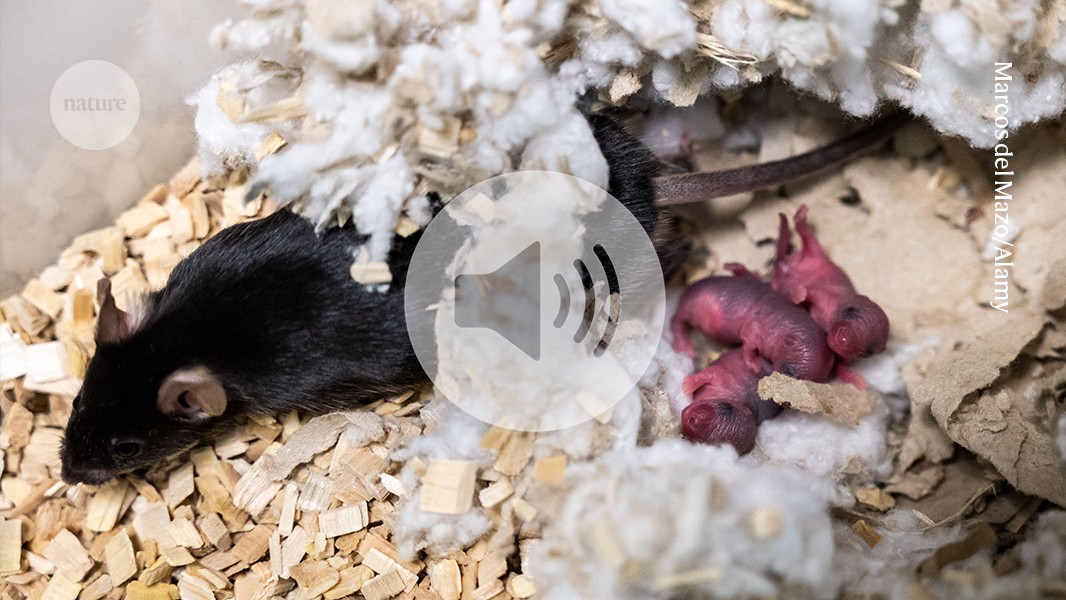Going gray is an inevitable, and for many, undesirable, part of aging, but health-wise, it’s no bad thing – it could reflect the body’s natural defense against cancer, new research in mice suggests.
The rest of this article is behind a paywall. Please sign in or subscribe to access the full content.
The study, led by researchers from the University of Tokyo, investigated how hair follicle stem cells responded to DNA damage, and in doing so, revealed a surprising link between gray hair and melanoma – a type of skin cancer.
Over the course of their lifetime, our cells face continuous stress, from both internal and environmental sources, collectively termed the exposome. This stress can damage our DNA, which contributes to both aging and cancer, although exactly how has remained a mystery, especially when it comes to stem cell damage and long-term tissue health.
Stem cells are unique cells that can self-renew and develop into many different cell types in the body. Depending on where they are found, stem cells can develop into different tissues. Melanocyte stem cells (McSCs), for example, reside in the hair follicle and can differentiate into mature melanocytes, pigment-producing cells that give our hair and skin their color.
The team behind the new study used a mouse model to identify how McSCs respond to different types of DNA damage. They found that, in response to DNA double-strand breaks – where the phosphate backbone of both DNA strands is broken – McSCs irreversibly differentiate and are lost, leading to hair graying. This process is known as senescence-coupled differentiation (seno-differentiation).
Alternatively, when the stem cells were exposed to some carcinogens, they avoided this differentiation pathway, even when the DNA was damaged, retaining their ability to self-renew and divide.
Essentially, when placed under stress, McSCs face a decision: to differentiate and exit the system, resulting in graying, or carry on dividing, which may eventually lead to a tumor.
“These findings reveal that the same stem cell population can follow antagonistic fates – exhaustion or expansion – depending on the type of stress and microenvironmental signals,” co-lead author Professor Emi Nishimura explained in a statement. “It reframes hair graying and melanoma not as unrelated events, but as divergent outcomes of stem cell stress responses.”
The researchers are keen to stress that their findings do not indicate that graying hair prevents cancer, merely that seno-differentiation induced by stress could protect against harmful cells while simultaneously steering hair toward a silvery fate.
Of course, the research was carried out in mice, so we shouldn’t make any assumptions about our own species just yet, but it certainly helps to further our understanding of the process of hair graying and how it relates to cancer development.
The study is published in Nature Cell Biology.
First Appeared on
Source link













